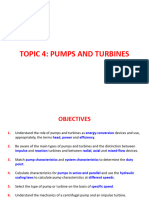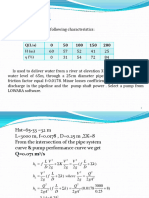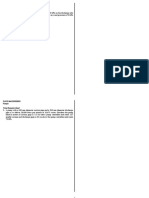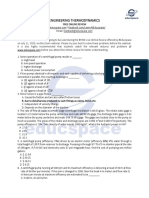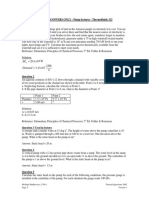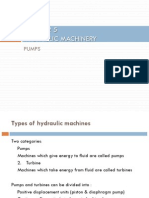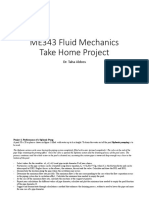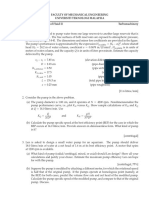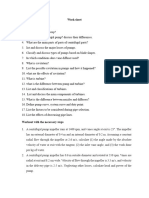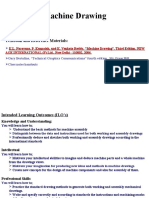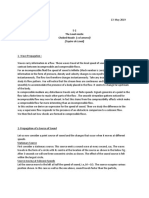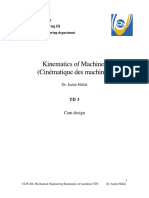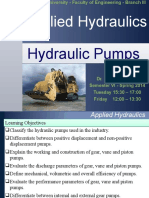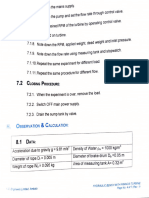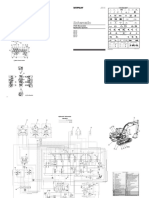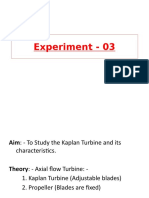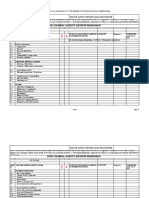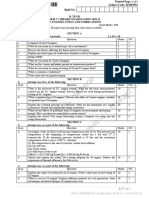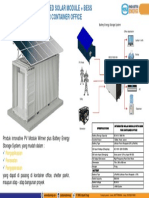0% found this document useful (0 votes)
130 views6 pagesHydraulics Pump System Analysis
This document contains 8 questions regarding water pumps and pumping systems. Each question provides pump characteristic data such as discharge, head, and efficiency at various flow rates. They ask the reader to determine system characteristics, duty points, power consumption, and how changing system parameters would affect pump performance. The questions require applying principles of fluid mechanics, such as the relationship between head loss, flow rate, and pipe friction, to hydraulic circuit analysis and pump operation.
Uploaded by
hasan bishCopyright
© © All Rights Reserved
We take content rights seriously. If you suspect this is your content, claim it here.
Available Formats
Download as PDF, TXT or read online on Scribd
0% found this document useful (0 votes)
130 views6 pagesHydraulics Pump System Analysis
This document contains 8 questions regarding water pumps and pumping systems. Each question provides pump characteristic data such as discharge, head, and efficiency at various flow rates. They ask the reader to determine system characteristics, duty points, power consumption, and how changing system parameters would affect pump performance. The questions require applying principles of fluid mechanics, such as the relationship between head loss, flow rate, and pipe friction, to hydraulic circuit analysis and pump operation.
Uploaded by
hasan bishCopyright
© © All Rights Reserved
We take content rights seriously. If you suspect this is your content, claim it here.
Available Formats
Download as PDF, TXT or read online on Scribd
/ 6














